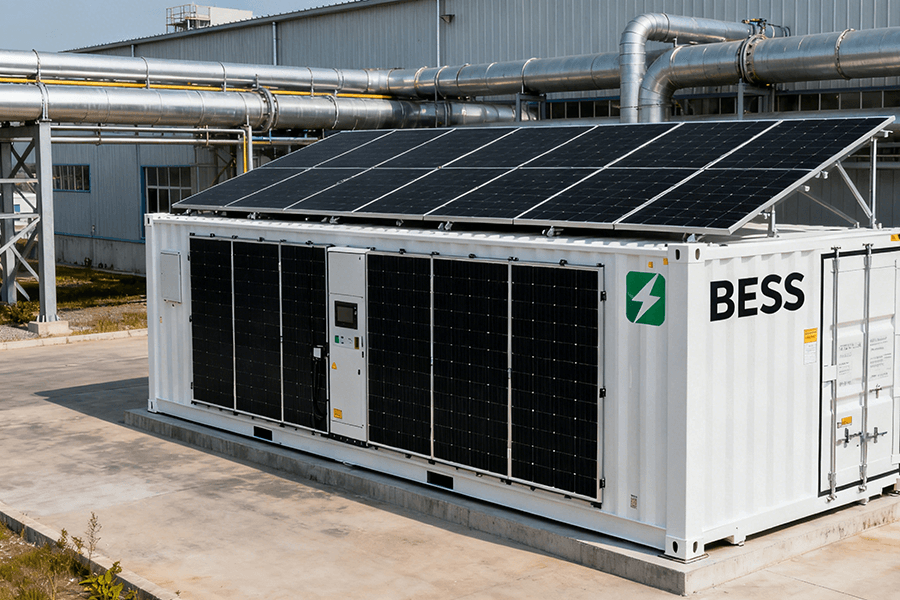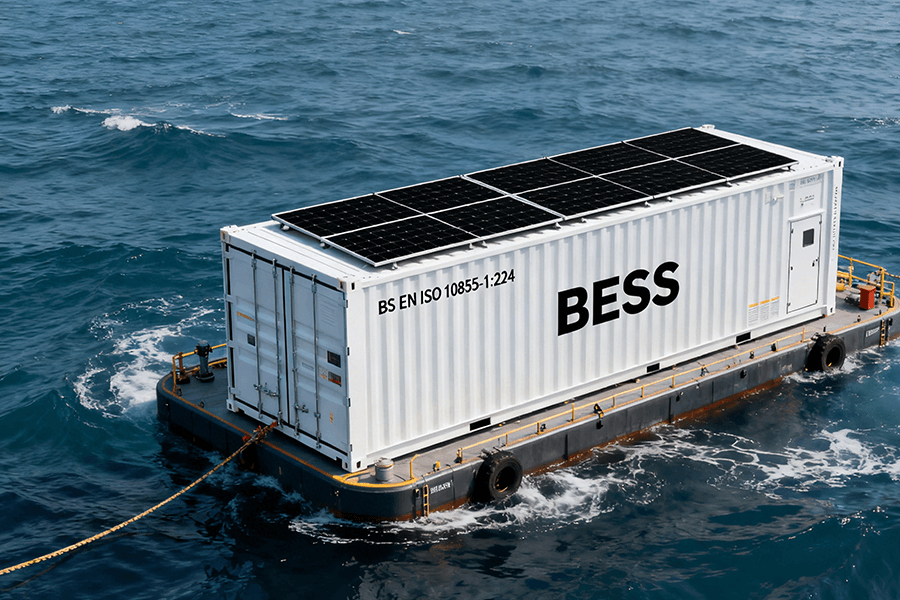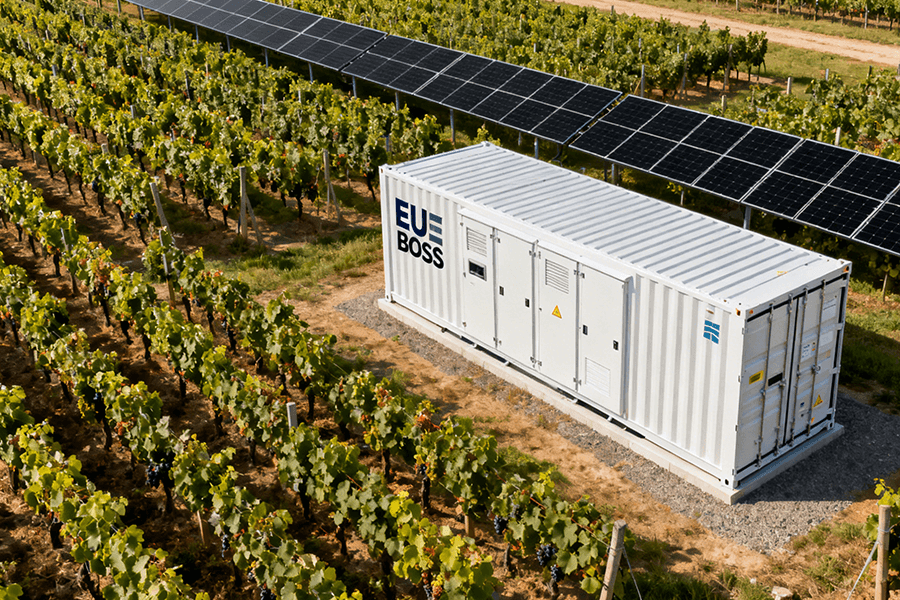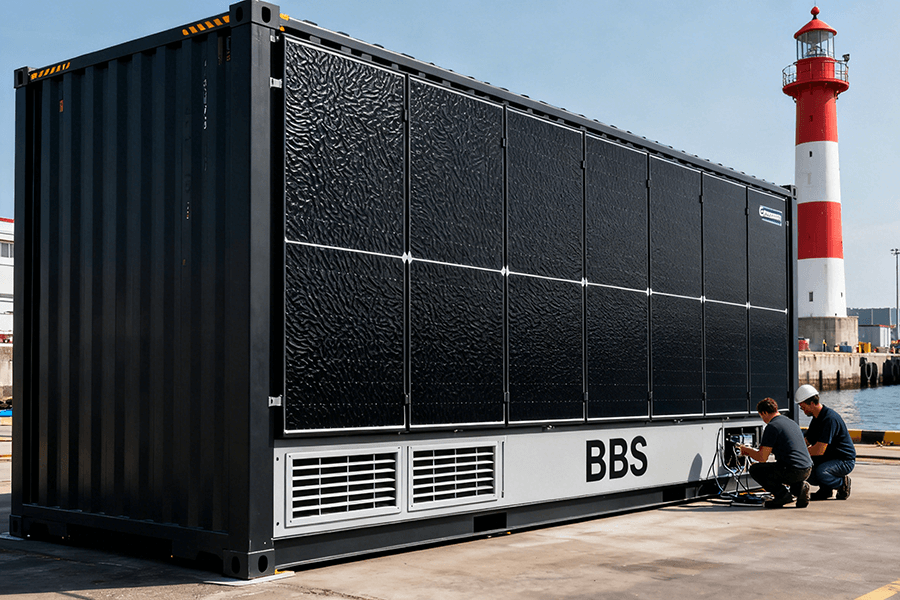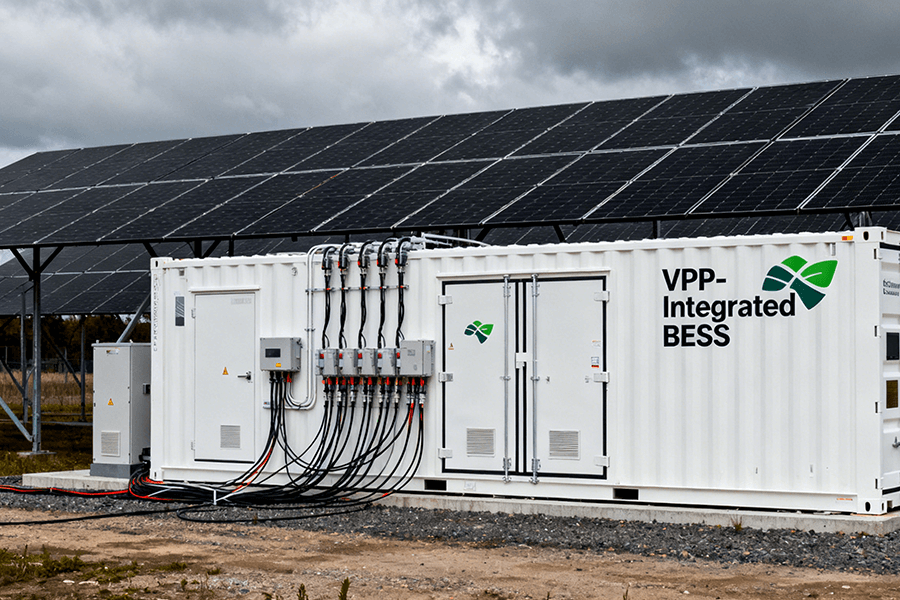
The Grid’s Midlife Crisis: When Renewables Go “On-Again, Off-Again”
Europe’s renewable revolution is like adopting a pack of energetic puppies: adorable, necessary, but sometimes chaotic. The more wind and solar we add, the more the grid struggles to keep up—because weather doesn’t follow a schedule.
This intermittency isn’t just an annoyance; it’s a threat to energy security. As fossil fuel plants (once the grid’s reliable backups) are phased out, the buffer between supply and demand is shrinking fast. Let’s look at the numbers that tell the story:
|
Metric
|
2023 Data
|
2024 Data
|
Key Implication
|
|---|---|---|---|
|
EU Renewable Electricity Share
|
~43%
|
47.3%
|
Higher intermittency risk
|
|
Fossil Fuel Electricity Share
|
~35%
|
29.2%
|
Fewer “backup” resources
|
|
Italy’s 2023 Heatwave Power Gap
|
500MW (peak)
|
N/A
|
Grid vulnerability in extreme weather https://www.reuters.com/business/energy/italy-faces-power-shortage-risk-amid-heatwave-2023-07-18/
|
That 500MW gap in Italy? That’s the equivalent of powering 350,000 homes—gone in a flash because the sun was blazing (solar was cranking, but AC use skyrocketed) and the wind decided to take the day off.
Grid operators were scrambling like chefs without a recipe, begging factories to cut usage and activating emergency diesel generators (a climate nightmare). If they’d had a fleet of VPP-integrated BESS containers, they could’ve hit “deploy” and solved the problem in seconds.
Moral of the story: Renewables need a sidekick, and it’s not fossil fuels anymore. It’s smart, connected energy storage that works with the grid—not against it.
The Triple Threat: What VPP-Integrated BESS Containers Actually Do
Think of these containers as the Swiss Army Knives of the energy world—small, portable, and capable of three jobs that make grid operators and investors cheer. They’re not just storage; they’re active grid participants that add value at every step. Let’s break down their superpowers:
Energy Sponge: Herding the “Distributed Cats”
Distributed energy resources (DERs)—EV chargers, rooftop solar, small wind turbines, even industrial backup generators—are like cats: independent, everywhere, and hard to coordinate. Left unmanaged, they’re a hodgepodge of energy that can’t be relied on.
A VPP-integrated BESS container is the cat herder. It uses advanced software to aggregate all these resources into a single, dispatchable “virtual power plant” that acts like a sponge:
-
Soak up excess: Capture surplus solar from rooftops at noon when production outpaces use.
-
Store efficiently: Hold energy in a compact, weather-resistant container (no need for large on-site infrastructure).
-
Squeeze out strategically: Release energy during evening peaks, when grid demand (and prices) are highest.
For example, a shopping mall’s 20 EV chargers might sit idle at 3 AM, their batteries partially full. This system turns them into a revenue generator by using their stored energy to support the grid during early-morning industrial ramp-up. It’s not just efficiency; it’s turning “wasted potential” into cash.
Frequency Regulation: Faster Than a Gas Plant
The grid’s frequency needs to stay at 50Hz (in Europe)—think of it like a heartbeat. If it drops to 49.8Hz (too little supply) or spikes to 50.2Hz (too much supply), bad things happen: blackouts, fried electronics, even damage to power plants.
Gas plants, the old frequency heroes, take 30–60 seconds to respond. That’s like waiting for an ambulance while your house is on fire. VPP-integrated BESS containers? They hit the gas (pun intended) in under 1 second.
A 2024 study by the German Association of Energy and Water Industries (BDEW) found that BESS-based VPPs reduced frequency deviations by 62% compared to traditional resources https://www.bdew.de/energie/energienetze/regelenergie/. It’s like trading a flip phone for a smartphone—there’s no going back.
Profit Machine: Multiple Revenue Streams (Yes, Plural)
Here’s the part investors love: these containers don’t just save the grid—they make money. It’s like having a rental property that also fixes your neighbor’s roof (and gets paid for it). Below are the top revenue streams for European VPP-BESS projects, with real-world earnings potential:
Tech Must-Haves: No “Language Barriers” or “Growth Pains”
You wouldn’t buy a smartphone that only works with one carrier—same with VPP-BESS containers. A pretty metal box with batteries is useless if it can’t integrate with the grid or scale with your business. Two tech features make the difference between a “paperweight” and a “profit center”:
Communication Protocol Compatibility: Speaking the Grid’s Language
VPPs fail if they can’t “talk” to the grid—and to each other. The biggest headache for operators? DERs from different manufacturers use different communication protocols (like people speaking French, German, and Swedish at the same meeting with no translator).
The solution? Compliance with global standards: IEC 61850 (for substation communication) and IEEE 2030.5 (for DER integration). These standards act as a universal translator, ensuring the container works with any European grid operator’s systems.
Our containers at Maxbo Solar come pre-configured with these protocols, plus compatibility with local platforms like Germany’s Regelleistungszentrale (RLC) and Spain’s Red Eléctrica de España (REE). They plug into any European VPP like a USB-C cable into a laptop—no adapter needed.
Modular Design: Grow When You Want, Not When You Have To
A small supermarket doesn’t need a 10MW BESS—and a large industrial park doesn’t want to spend millions on overcapacity upfront. Modular design solves this problem by letting you start small and scale as your needs (and profits) grow.
Our Maxbo Solar containers come in 20ft units (500kWh/250kW) and 40ft units (1MWh/500kW). You can start with one 20ft unit to test the waters, then add more as you expand your DER portfolio. It’s like building a Lego castle—one brick at a time.
Nordic VPP operators love this flexibility; 78% of their projects use modular BESS because it cuts upfront costs by 30% and reduces financial risk https://www.nordicenergy.org/reports/vpp-modularity-2024/. Why bet big when you can bet smart?
Proof in the Pudding: Real Projects, Real Profits
Talk is cheap—especially in the energy industry. Let’s look at two European projects that turned VPP-BESS containers into cash cows, with hard numbers to back up the hype:
Case 1: Nordic “BESS Army” (150 Containers, €4M+ Annual Revenue)
A Finnish energy aggregator (unnamed for competitive reasons) deployed 150 20ft VPP-integrated BESS containers across 30 shopping malls in southern Finland in 2023. The goal? Turn underused DERs into a dispatchable asset. The system aggregates:
-
Rooftop solar at each mall (total 5MW).
-
EV chargers (20–30 per mall, total 750 chargers).
-
The BESS containers themselves (total 75MWh/37.5MW).
This virtual power plant provides three core services to Finland’s grid, each generating steady revenue:
-
Frequency regulation: €1.2M/year (fast response times earned top-tier payments).
-
Peak arbitrage: €2.1M/year (buying overnight at 0.12€/kWh, selling at 0.48€/kWh during evening peaks).
-
Capacity market payments: €800k/year (Finland’s 2024 capacity price was 107€/kW).
Total annual revenue: €4.1M. The project cost €20M to build, so the payback period is just 4.8 years—way below the industry average of 7 years https://www.power-technology.com/case-studies/nordic-vpp-bess-project/.
“We went from seeing EV chargers as a cost center to a profit center,” said the aggregator’s CEO. “The containers turned chaos into cash.” Not bad for a bunch of metal boxes in parking lots.
Case 2: Germany’s Frequency Hero (Maxbo Solar Deployment)
German grid operator Amprion faces a unique challenge: the North Sea’s wind farms often drop output suddenly (by 1–2GW in 10 minutes), causing dangerous frequency dips. In 2024, they turned to Maxbo Solar to solve the problem, deploying 20 of our 40ft VPP-BESS containers (total 20MWh/10MW) in North Rhine-Westphalia.
The results were dramatic, as tracked by Amprion’s grid monitoring tools:
-
Average response time: 0.7 seconds (beating the 1-second requirement for top regulation payments).
-
Frequency deviations: Down 71% in the deployment area.
-
Cost savings: €300k/month in avoided blackout costs and emergency generator use.
“It’s like having a fire extinguisher that puts out the fire before the smoke alarm goes off,” said Amprion’s grid operations director https://www.amprion.net/en/grid-operations/flexibility/. We couldn’t have said it better ourselves.
Why We’re Leading the Charge: Maxbo Solar’s Promise
Full disclosure: I’m not just writing about VPP-BESS containers—I live and breathe them at Maxbo Solar. We didn’t just jump on the bandwagon when Europe’s renewable goals were announced; we’ve been engineering solar and storage solutions for European markets since 2015. We helped build the path—and now we’re leading the way.
Here’s why European operators choose us over competitors:
Our Secret Sauce
-
European-Made, European-Tuned: Our containers are built in Poland (no 6-month ocean wait, no import tariffs) and tested to handle Nordic winters (-25°C) and Mediterranean summers (45°C). They’re designed for your climate, not a generic one.
-
All-in-One Package: We handle protocol integration, modular scaling, and even revenue stack optimization—no need to hire 5 different consultants. We deliver a “turnkey profit machine.”
-
Proven Track Record: 120+ containers deployed across Germany, Finland, and Spain—with a 99.2% uptime rate (we don’t take “off days” like wind turbines).
Our Promise to You
We don’t sell “energy storage”—we sell peace of mind and profits. When you buy a Maxbo Solar VPP-BESS container, you’re not just getting hardware; you’re getting a partner that helps you:
-
Navigate EU subsidies (we know which grants apply to your project).
-
Optimize your revenue streams (we’ll help you pick the most profitable services).
-
Keep the grid happy (our 24/7 monitoring team ensures compliance).
Want to see our units in action? Visit www.maxbo-solar.com or drop me a line—I’ll even send you a video of our Finnish project’s real-time revenue dashboard (spoiler: it’s satisfying to watch).
The Future: €12B Market, and You’re Invited
The International Energy Agency (IEA) predicts Europe’s VPP market will hit €12 billion by 2030—and that’s not a typo https://www.iea.org/reports/virtual-power-plants-in-europe. This growth isn’t optional; it’s mandatory.
Why? Because the EU’s 2030 climate goals—cutting emissions by 55% from 1990 levels—can’t be achieved without more renewables. And more renewables can’t be integrated without VPP-integrated BESS containers. They’re the missing link between “green ambition” and “reliable grid.”
VPP-integrated BESS containers aren’t just a “nice-to-have”; they’re the only way to make renewables reliable and profitable. Every European country is ramping up incentives: Germany’s “Flexibility Platform” offers grants for BESS projects, Spain’s “Retribución por Capacidad” pays top dollar for standby capacity, and France’s “Aide à la Transition Énergétique” covers 30% of project costs.
So, to recap: The grid is stressed, profits are there for the taking, and Maxbo Solar is ready to help. Whether you’re a small aggregator looking to monetize EV chargers or a large utility needing to meet EU regulations, these containers are your ticket to the EU’s low-carbon future.
And let’s be honest—who doesn’t want to be the hero who keeps the lights on and makes money? It’s better than being the barista who vanishes for a smoke break. Ready to join the revolution? Reach out to us at www.maxbo-solar.com today.

